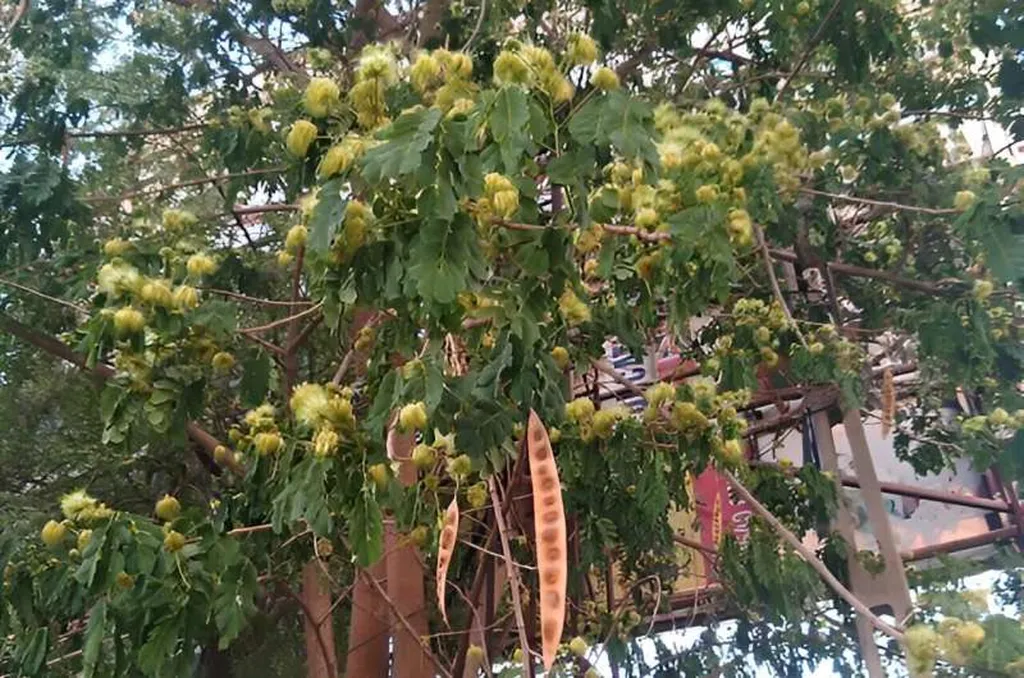In the heart of Saudi Arabia, a humble plant known locally as sidr (Ziziphus spina-christi (L.)) is gaining attention for its potential to combat one of the most aggressive forms of breast cancer. A recent study published in the open-access journal PeerJ, titled “Anticancer potential of ethanolic sidr leaf extracts against MCF-7 breast cancer cells: phytochemical, nutritional, and antimicrobial profile comparisons of different plant parts,” has shed light on the promising therapeutic properties of this traditional medicinal plant. The research was led by Roqayah H. Kadi from the Department of Biological Sciences at the University of Jeddah.
The study aimed to explore the potential of sidr plant parts to treat triple-negative breast cancer (TNBC), a particularly challenging form of the disease that lacks targeted therapies. Kadi and her team conducted a comprehensive analysis of the plant’s phytochemical, nutritional, and antimicrobial profiles, comparing different parts of the plant to identify the most potent components.
The results were striking. The leaves of the sidr plant emerged as a powerhouse of nutrients and bioactive compounds. They contained the highest amounts of protein (12.44%) and ash (8.17%), as well as significant levels of ascorbic acid and total chlorophyll. The ethanolic extract of the leaves demonstrated potent antimicrobial action and significantly suppressed the survival of MCF-7 breast cancer cells at a dosage of 100 µg/mL.
“The leaves showed the most promising results in terms of both nutritional content and anticancer activity,” said Kadi. “This suggests that sidr leaves could be a valuable resource for developing new therapies against triple-negative breast cancer.”
The study also revealed that the pulps of the sidr plant had the highest flavonoid concentration in their ethanolic extract and higher sugar contents. This diversity in bioactive compounds across different plant parts highlights the potential for multiple applications in both nutrition and medicine.
The commercial implications of this research are substantial. The sidr plant, which is widely available in arid regions, could become a key player in the global fight against breast cancer. Its potential to produce effective and affordable treatments could revolutionize cancer therapy, particularly in regions where access to advanced medical treatments is limited.
Moreover, the antimicrobial properties of the sidr plant could have significant implications for the food industry. As food-borne bacterial strains continue to pose a threat to public health, the development of natural antimicrobial agents derived from plants like sidr could provide a sustainable and effective solution.
“This research opens up new avenues for the utilization of traditional medicinal plants in modern healthcare,” said Kadi. “The bioactive components, antioxidant, antimicrobial, and nutritional elements of the sidr plant make it a promising candidate for further study and potential commercialization.”
As the world continues to seek innovative solutions to combat cancer and improve public health, the sidr plant stands out as a beacon of hope. Its potential to offer affordable and effective treatments could transform the lives of millions of people, particularly those in underserved communities. The study published in PeerJ, which translates to “companion” in English, underscores the collaborative spirit of scientific research and the shared goal of improving human health.
The findings of this research not only highlight the importance of exploring traditional medicinal plants but also emphasize the need for continued investment in scientific research. As Kadi and her team continue to unravel the therapeutic potential of the sidr plant, the global community watches with anticipation, hopeful for a future where cancer is no longer a death sentence but a manageable condition.

